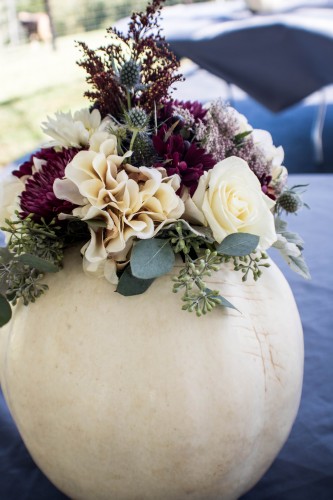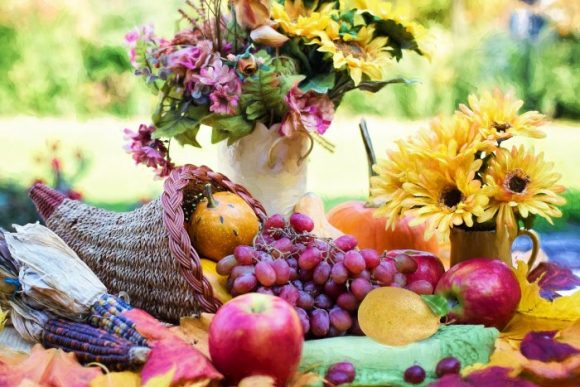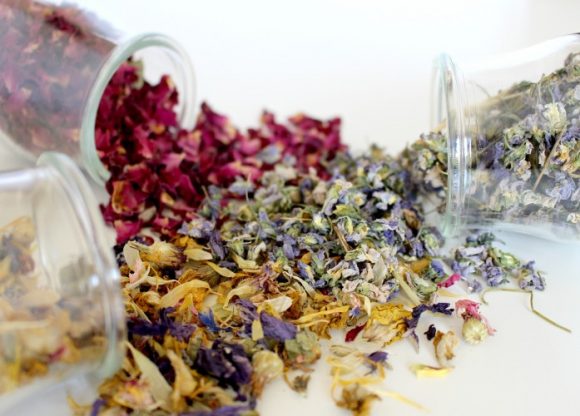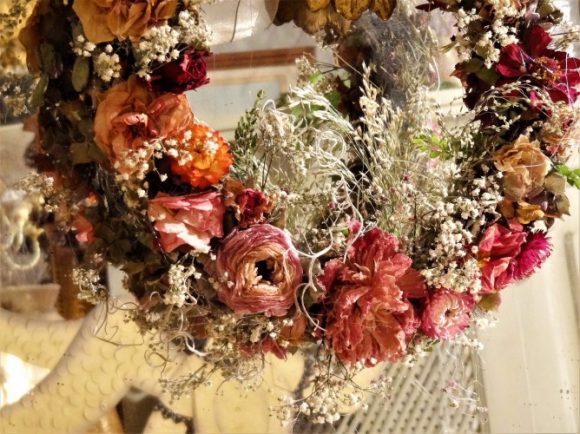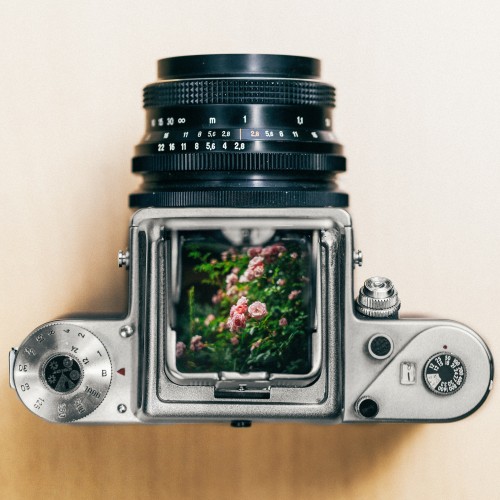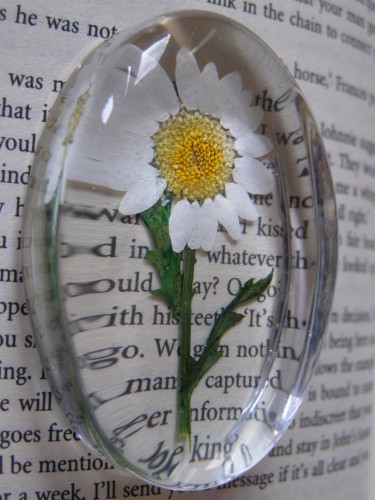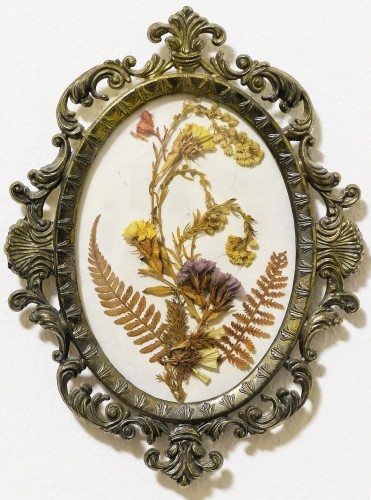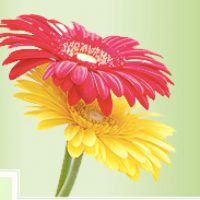Search Results for “”
The Power of Flower Arranging
My dear reader, flower arranging is a skill that has been practiced for centuries and has evolved into a beautiful art form. A well-arranged bouquet not only brings beauty to a room but also has the power to convey messages and emotions through the language of flowers. Continue reading [...]
Create a Harvest Vase from a Pumpkin, Apple, or Gourd
A fun way to celebrate autumn is by crafting floral arrangements that use seasonal fruits as a natural vase. We can use the abundance of apples, pumpkins, and gourds to create festive containers for cheerful bouquets. Continue reading [...]
Celebrate the Harvest Season with a Floral Cornucopia
The cornucopia is a traditional symbol of a bountiful harvest. This beloved hallmark of the harvest season has long been associated with a plentiful yield. Filled with flowers and produce, the cornucopia proudly displays the best of the year's crops. Continue reading [...]
Make Your Own Potpourri with Dried Flowers
Gifts from the garden make wonderful gestures because they're personal and unique. If you're searching for the perfect present for a flower lover, consider making potpourri with your own dried flowers. Continue reading [...]
Create a Harvest Wreath from Your Garden
The autumn garden is full of vibrant colors that can be preserved by crafting a harvest wreath. Continue reading [...]
Use Floral Photographs to Create Unique Gifts
You can easily create custom items using your own photos of beloved flowers and plants. These photo creations allow you to give a gift that will stay beautiful long after a fresh flower would have faded. Continue reading [...]
Pressed Flower Jewelry Makes Treasured Blooms Last for Years
By preserving blooms, you can create a piece of jewelry that keeps meaningful flowers looking beautiful for years to come. Continue reading [...]
Thoughtful DIY Gifts Made with Dried Flowers
As the growing season winds down and the holiday season approaches, our minds turn to gift-giving. What could be more thoughtful than a gift from your garden? Using dried and pressed flowers, you can craft unique floral-themed items for the special people in your life.
Continue reading [...]

